Osteopathy is a form of manual therapy that takes a whole-body approach to the diagnosis, management and treatment of many acute and chronic conditions. Osteopathic medicine was developed in the late 1800s by a medical doctor in Missouri, USA, who believed that the medical practices of the day often did more harm than good.
Osteopathic medicine provides all the benefits of modern medicine, including prescription drugs, surgery, and the use of technology to diagnose diseases and evaluate injuries. It also offers the added benefit of hands-on diagnosis and treatment through a treatment system known as osteopathic manipulative medicine. Osteopathic medicine aims to help each person achieve a high level of wellness by focusing on health promotion and disease prevention.
What is Osteopathy?
Osteopathic is a set of medical care systems that will improve the body's ability to heal itself. Osteopaths aim to restore balance and better manage the current situation by addressing the relevant muscles, connective tissue, bones and various body systems. These conditions may include:
- Headache and migraine
- Neck and back pain
- Work injuries
- Sports injuries
- Shoulder pain
- Pregnancy-related pain
- Joint and muscle pain
- Neurological pain
What Does the Osteopathy Technique Include?
- Soft tissue massage
- Positional release techniques
- Stretching
- Mobilization and articulation of certain joints and tissues.
- Manipulation
- 'Indirect' release and gentle techniques
- Muscle energy technique
- Pain education
Does Osteopathy Treatment Have Risks?
As with all treatments, osteopathy can involve some risks. Most of the side effects that result from the practice of osteopathic therapy usually disappear after a day or two of treatment. Among the most common side effects is a feeling of stiffness in the muscles for 24 to 48 hours after treatment, such as after exercise. In addition, there may be short-term headache, bruising, tenderness, mild pain or discomfort at the point of manipulation. However, these are short-term pains and pass with the softening of the muscles.
SOURCES
1-Osteopathy International Alliance. History and Current Context of the Osteopathic
Profession. http://wp.oialliance.org/wp-content/uploads/2013/07/oia-status-report-historycontext-of-osteopathic-profession.pdf; 2012.
2-Nov-Dec 1999;8(6):477-84. doi: 10.1001/archfami.8.6.477.
An overview of osteopathic medicine
3-Musculoskeletal 2017 Feb;27:165-175. doi: 10.1016/j.math.2016.10.067. Epub 2016 Oct 29. Osteopathic manipulative treatment: A systematic review and critical appraisal of comparative effectiveness and health economics research
